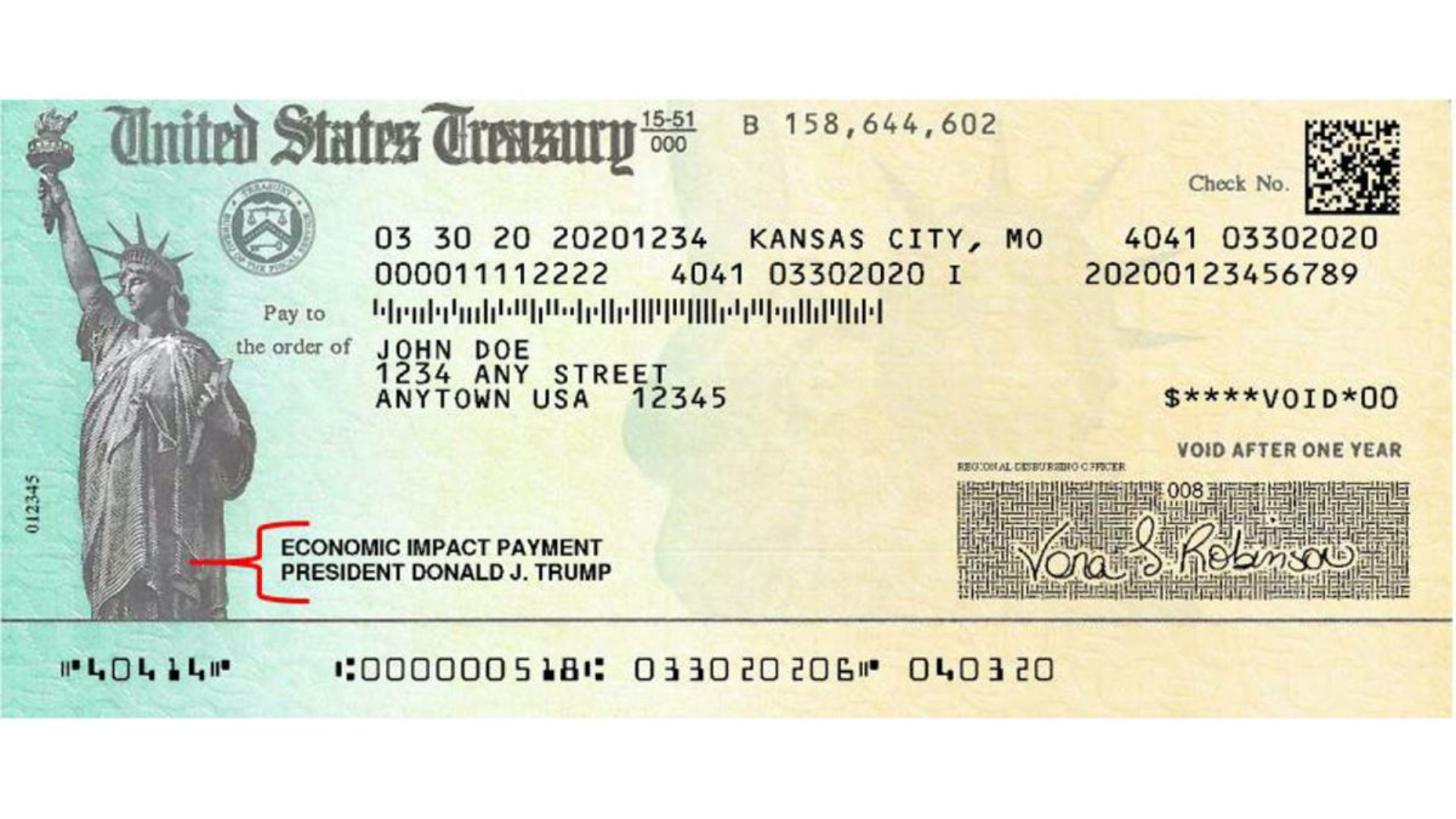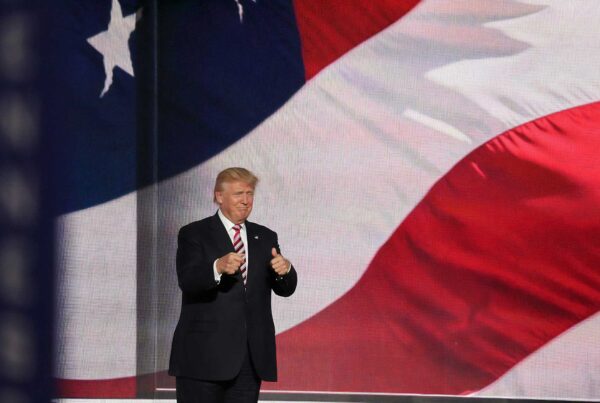U.S. Citizenship and Immigration Services (USCIS) announced a temporary policy for List B identity documents used in the Form I-9 employment eligibility verification process. The agency noted that employees may experience challenges in renewing state driver’s licenses, state ID cards, or other List B documents due to stay-at-home orders and restrictions on renewal services. As of May 1, 2020, identity documents in List B with expiration dates on or after March 1, 2020, and not otherwise extended by the issuing authority “may be treated the same as if the employee presented a valid receipt for an acceptable document for Form I-9 purposes.”
USCIS said that when an employee provides an acceptable expired List B document that has not been extended by the issuing authority, an employer should record the document information in Section 2 of the I-9 under List B, as applicable, and enter the word “COVID-19” in the Additional Information field. Within 90 days after DHS’s termination of this temporary policy, the employee must present a valid unexpired document to replace the expired document presented when they were initially hired. USCIS said that it’s best if the employee can present the replacement of the actual document that expired, but if necessary, the employee may choose to present a different List A or List B document(s) and record the new document information in the Additional Information field.
The agency noted that when an employee presents an acceptable expired List B document that has been extended by the issuing authority, an employer should enter the document’s expiration date in Section 2, and enter “COVID-19 EXT” in the Additional Information field.
This follows an announcement by the Department of Homeland Security (DHS) that it will exercise discretion to defer the I-9 physical presence requirements. Employers with employees taking physical proximity precautions due to COVID-19 will not be required to review the employee’s identity and employment authorization documents in the employee’s physical presence. However, employers must inspect the Section 2 documents remotely (e.g., over video link, fax or email) and obtain, inspect, and retain copies of the documents within three business days for purposes of completing Section 2.
Employers should enter “COVID-19” as the reason for the physical inspection delay in the Section 2 Additional Information field once physical inspection takes place after normal operations resume. Once the documents have been physically inspected, the employer should add “documents physically examined” with the date of inspection to the Section 2 Additional Information field on the I-9, or to Section 3 as appropriate.
These provisions may be implemented by employers for a period of 60 days from the date of the March 20, 2020, notice or within 3 business days after the termination of the National Emergency, whichever comes first. Employers who avail themselves of this option must provide written documentation of their remote onboarding and telework policy for each employee.
Details:
- The details above related to USCIS were taken from “E-Verify: Form I-9 Announcement: COVID-19 Temporary Policy for List B Identity Documents,” emailed to E-Verify subscribers on May 1, 2020.
- USCIS Q&A re temporary policies for I-9 and E-Verify, https://www.uscis.gov/i-9-central/questions-and-answers-related-temporary-policies-form-i-9-and-e-verify
- DHS announcement, https://www.ice.gov/news/releases/dhs-announces-flexibility-requirements-related-form-i-9-compliance#wcm-survey-target-id
USCIS Issues Reminder on New Form I-9, Releases New Handbook for Employers
U.S. Citizenship and Immigration Services (USCIS) has again issued a reminder that a new Form I-9, Employment Eligibility Verification, has been released. As of May 1, 2020, employers can use only the new form with a 10/21/2019 edition date located in the lower left corner of the form. The earlier version (dated 07/17/17) should no longer be used. In related news, USCIS has also released a revised M-274 Handbook for Employers.
A revised Spanish edition with the same date (10/21/2019) is available for use in Puerto Rico only.
Details:
- English edition of the new Form I-9, https://www.uscis.gov/i-9
- Spanish edition of the new Form I-9, https://www.uscis.gov/es/formularios/i-9
- I-9 Central, https://www.uscis.gov/i-9-central
- Federal Register notice announcing the new form, https://www.govinfo.gov/content/pkg/FR-2020-01-31/html/2020-01821.htm
- Latest Handbook for Employers, https://www.uscis.gov/i-9-central/handbook-employers-m-274; summary of changes from the previous version, https://www.uscis.gov/i-9-central/summary-changes
USCIS Extends Flexibilities for Responses to Certain Requests
Due to the COVID-19 pandemic, U.S. Citizenship and Immigration Services (USCIS) said it is extending the flexibilities announced on March 30, 2020, to assist applicants and petitioners responding to certain requests and notices. Included are responses to Requests for Evidence, Continuations to Request Evidence (N-14), Notices of Intent to Deny, Notices of Intent to Revoke, Notices of Intent to Rescind and to Terminate, and filing date requirements for Form I-290B, Notice of Appeal or Motion.
This flexibility applies to the above documents if the issuance date listed on the request, notice, or decision is between March 1 and July 1, 2020, inclusive. USCIS said it will consider a response to the above requests and notices received within 60 calendar days after the response due date set in the request or notice before taking action.
Details:
- USCIS notice, https://www.uscis.gov/news/alerts/uscis-extends-flexibility-responding-agency-requests
Thousands of Foreign Workers Mistakenly Receive U.S. Stimulus Checks
According to numerous reports, the Internal Revenue Service (IRS) incorrectly sent $1,200 stimulus checks recently to thousands of foreign workers, many living outside of the United States. Those receiving the checks appear to be college-age workers who had been in the United States some time over the last two years, particularly those on F-1 and J-1 student and exchange visitor visas. News reports note that the error appears to relate to many such students filing tax returns via TurboTax or other e-filing systems and completing the 1040 instead of the 1040-NR form, not realizing that those forms are intended only for U.S. residents. The IRS then used those records to issue the checks.
Some are trying to return the money, fearing the potential consequences if they do not, but they are finding it difficult to contact the IRS. The University of Toledo told students they could file an amended tax return to send back the checks.
Details:
- Politico, “IRS Mistakenly Sends Stimulus Checks to Foreign Workers,” https://www.politico.com/news/2020/05/01/irs-mistakenly-sends-stimulus-checks-to-foreign-workers-228974
Global: Schengen Area
A new Schengen code regulation (Regulation (EU) 2019/1155 of the European Parliament and of the Council of 20 June 2019 amending Regulation (EC) No 810/2009 establishing a Community Code on Visas) came into force February 2, 2020.
This reviewed regulation applies to all third-country nationals who need a visa for intended stays in the territory of the European Union (EU) Member States not exceeding 90 days in any 180-day period.
The regulation sets forth the procedures and conditions for issuing Schengen visas. The following general principles apply:
- The Member States must act in full compliance with EU law and according to its general principles and decisions when applying this regulation.
- The Member States must take the decisions under this regulation on an individual basis.
- The application procedure should be as easy as possible for applicants.
- The relevant Member State to resolve an application must be clearly identifiable.
- The Member States must promote electronic processes, including electronic submission, interviews, and signatures when available.
- Deadlines should be established for each step of the process to allow applicants to plan ahead.
- Frequent or regular travelers (among other categories, business people, artists, and athletes) complying with the regulation might benefit from multiple-entry visas with longer periods of validity.
Benefits
As a result of the new regulation, the Schengen visa application process is expected to be much more flexible, allowing electronic procedures when possible, allowing submission of applications within the 6 months before the visit (instead of within 3 months as established before), and permitting the resolution of the application as a matter of urgency in justified cases, even if it was not submitted at least 15 days before the trip.
Another benefit of the regulation, together with flexibility, is the clarity about authorities in charge of the application (when different countries will be visited) and about processing times.
Finally, certain categories of visitors who need to travel regularly to the Member States can now obtain visas with longer duration, provided they have complied with the applicable regulation.
The increase in the processing fee (up to 80 euros) may be reasonable if the process becomes as flexible and efficient as expected by this modification.






